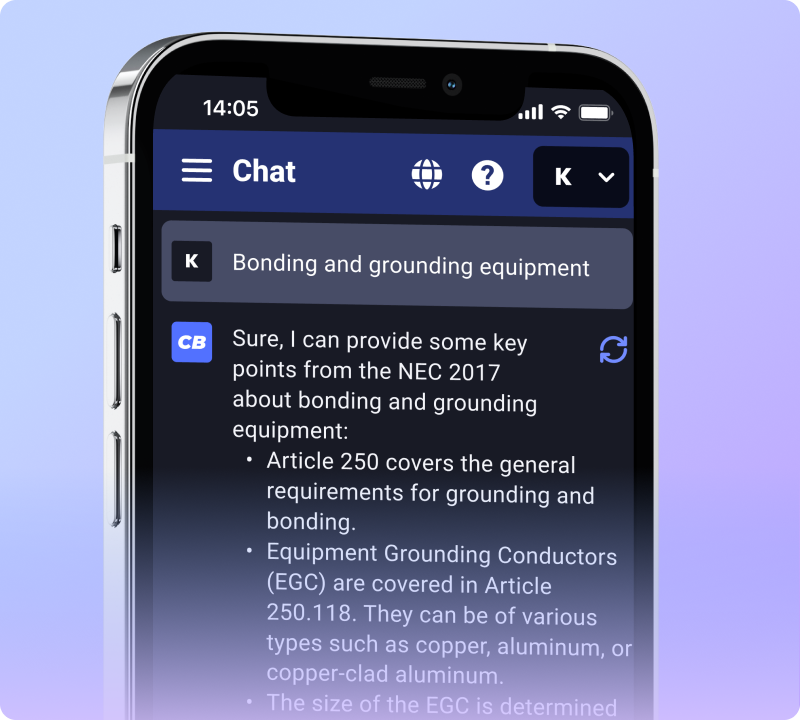Electrical outlets are an integral part of any building structure, be it residential or commercial. Understanding the electrical code pertinent to these outlets is crucial for safety and compliance. This article provides a concise overview tailored for DIY’ers, journeymen, and professionals alike.
Why Adhering to the Electrical Code is Essential
The primary purpose of the electrical code for outlets is to ensure safety. A correct installation prevents potential hazards like electrical fires, shocks, or equipment malfunctions. Whether you’re a master electrician or an electrical apprentice, familiarizing oneself with these codes is non-negotiable.
Key Code Provisions for Outlets
- Spacing: Outlets should be installed so that no point along a wall space is more than six feet from an outlet, ensuring accessibility and reducing the need for extension cords.
- Height: The typical height for outlets is 12 to 16 inches above floor level. However, specific spaces like countertops might have different requirements.
- GFCI Protection: Ground Fault Circuit Interrupter (GFCI) outlets are mandatory in areas where water is present, like bathrooms, kitchens, and outdoor spaces. They cut off power when a ground fault is detected, preventing shocks.
- AFCI Protection: Arc-Fault Circuit Interrupter (AFCI) outlets protect against arcs that can cause fires. They’re required in most living spaces.
Best Practices for Outlet Installation
Beyond just code adherence, there are best practices that professionals adopt. These include:
- Testing Outlets Regularly: Especially the GFCI outlets to ensure they function as intended.
- Using Tamper-Resistant Outlets: These have shutters that prevent the insertion of foreign objects, adding an extra layer of safety, especially in households with children.
Conclusion
Understanding and adhering to the electrical code for outlets is paramount for anyone in the electrical or construction industry. Not only does it ensure safety, but it also guarantees that your installations are up to par with industry standards.


